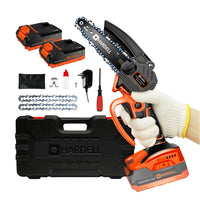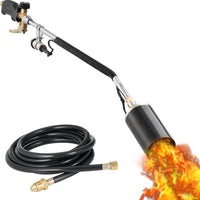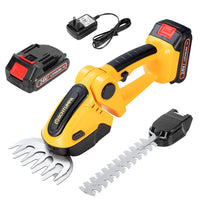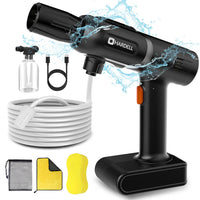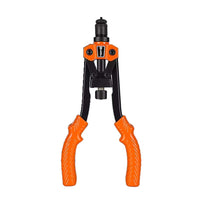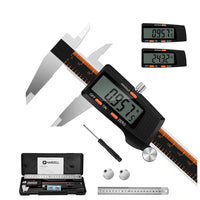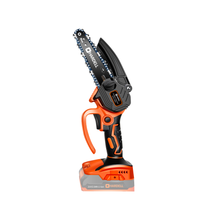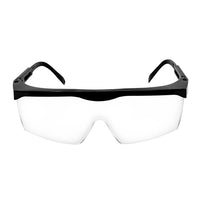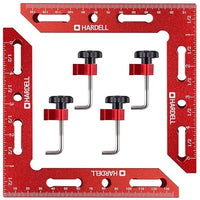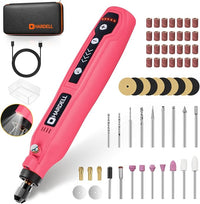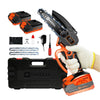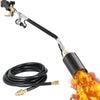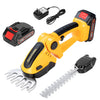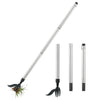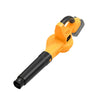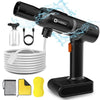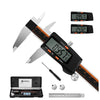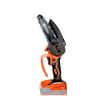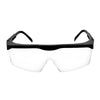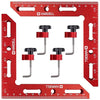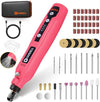Reciprocating Saw VS Hand Saw,Which Is Better

With the continuous development of technology, traditional manual tools have been increasingly used in the electric tool channel, among which the most impressive are reciprocating saws and hand saws. Hand saws, due to their complete reliance on manual operation, pose an increased physical challenge to the human body during use. The reciprocating saw uses electricity or batteries as a source of energy, allowing the saw blade to move back and forth, saving the operator a lot of time and energy. Next, Hardell will compare the differences between reciprocating saws and hand saws from several aspects. I hope more people can choose electric tools, as they can effectively save the operator's time and improve efficiency.

Working principle and power transmission:
Reciprocating saw: driven by an electric motor, the saw blade undergoes high-speed reciprocating motion, thereby achieving material cutting. This mechanized working method makes the reciprocating saw operate with almost no additional human force required, just gentle pushing or guidance.
Hand saw: It relies entirely on manual power to cut by manually pushing and pulling the saw blade. This method requires the operator to continuously apply significant force in order to complete the cutting of the material.Related article:What is reciprocating saw

Cutting speed and efficiency:
Reciprocating saw: Due to its high-speed reciprocating motion, the cutting speed is very fast, which can significantly reduce the time and manpower required to complete cutting tasks.
Hand saw: In contrast, the cutting speed is slower and requires more time and energy.

Cutting effect and accuracy:
Reciprocating saw: due to its sharp teeth and fast movement speed, the cutting effect is usually smoother and the accuracy is higher.
Hand saw: relatively poor in maintaining cutting accuracy and effectiveness, especially when dealing with hard materials, it may face greater challenges.

Convenience and comfort of operation:
Reciprocating saw: due to mechanized operation, it is easier and more labor-saving to use, and easy to operate and control.
Hand saw: requires continuous application of force, prolonged operation can easily lead to fatigue, and the stability of operation is poor.Related article:What are the uses of reciprocating saw
Based on the above analysis, we can conclude that reciprocating saws are more labor-saving than hand saws. This is mainly reflected in the following aspects:
The reciprocating saw is driven by an electric motor and requires almost no additional force from human intervention, while the hand saw requires continuous and significant force for cutting.Related:Cordless mini chainsaw vs cordes chainsaw
The reciprocating saw has a fast cutting speed and high efficiency, which can significantly reduce the time and manpower required to complete cutting tasks.
The cutting effect of reciprocating saws is usually smoother, more accurate, and easier to use, labor-saving, and easy to operate and control.

Therefore, in scenarios where frequent cutting tasks or processing of large amounts of materials are required, the use of reciprocating saws can significantly improve work efficiency and reduce workload.
If you are still feeling tired from using a hand saw and worrying about its low efficiency. So I suggest you buy a reciprocating saw, which can really save your energy and greatly improve your work efficiency, allowing you to complete tasks that used to take a long time with a hand saw in a very short time. And its price is not particularly expensive. What are you still hesitating about? Hurry up and click on the picture below to buy it!
